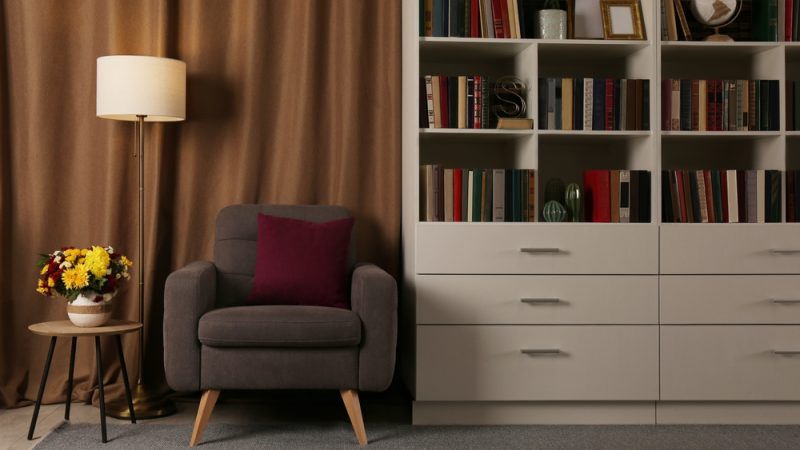How to Design a Shared Study Room for Multiple Users

To design a study room that will be comfortable for multiple users, make sure the environment also supports cooperation and solitude as well as adaptability. Group study in particular requires conditions conducive to cooperation, individual comfort and high productivity. This article will introduce you to the major considerations in this regard, from the arrangement of furniture and fixtures all the way down lighting and integrative systems that are in line with current design trends–or as I like to say search engine guidelines.
Planning the Layout
To get started, take a look at the study space that’s available and figure out how well it can serve different study needs. Divide your space into zones that can be used for group discussion, quiet individual work and teamwork assignments–as well as their working areas. An open layout with distinct areas keeps foot traffic from wandering about aimlessly and distractions to a minimum–and also maximizes overall space usage. With easy access from any point wherever people congregate in groups situated close together.
Selecting Ergonomic Furniture
Choose the sort of furniture that elevates both comfort and productivity for long periods of time in order to make sure you are getting ahead. This means adjustable workstations, comfortable practical chairs and modular tables which can be used either alone by several people in combination. Arrange the seating for group discussions and still allow you room to have a place of your own for some quiet concentration. Consider also building detachable translucent walls low enough that people can see over them or roller screens giving a sense of privacy. Comfortable, quality furniture is absolutely indispensable for concentration and keeps fatigue in check. Capital expenditure is always justified if that is what it buys.
Optimal Lighting and Ambience
Good lighting is a necessity if there is to be a room dedicated to studying. Combine natural lighting with energy-saving artificial light sources to make a bright, welcoming study space. Position the work area near a window whenever possible and use adjustable task lights when necessary (particularly for direction and elimination of shadows). With a balanced lighting design, you will certainly find it easier on your eyes but also remember that this contributes to a relaxed yet stimulating environment.
Acoustic Considerations
For shared spaces, it is crucial to consider noise control. use acoustic panels, fillers, carpet and furnished furniture all serve to eliminate ambient sounds. Think about adding white noise machines or music systems in the background of individuals private spaces so as not to be disturbed by outside noise. Set up soundproof zones within the room so that people can continue with their work without the need for everyone else to butt out.
Technology Integration
Latest technology should be included in a modern, shared study room to help aid learning and research. Ensure the room has ample USB charging ports and high-speed internet access points. Utilize digital interactive whiteboards and overhead projectors for learning enhancement. Linked spaces enable students to achieve a great overall study feeling, meeting the needs of more than just one user.
Color Scheme and Décor
The colour scheme and decor a person selects can determine their focus and creative genius. In a study environment’s setting, neutral shades work best, but you may want splashes of color to bring energy to the scene (and stimulate conversation as well). A simple, clean design prevents untidy surroundings from interfering with learning. The carefully chosen decor – a motivational poster here or maybe some greenery to add warmth and character–can fill dead spaces without making the room less functional.
Personalization and Flexibility
For a mixed-use study space to get maximum use, it must be adaptable for everyone. Bring in seats that can easily be moved around and workstations with flexible form factors. Supply solutions to stow personal items and study materials in order that the space can be kept tidy. An easily configurable format is essential because present and future students will have different preferences in their study style or group size; such flexibility has to continue right through the working years.
Maintenance and Organization
Regular upkeep is essential for a shared study space. Implement systems for cleaning, organizing supplies, and scheduling maintenance tasks. Encourage users to contribute to the upkeep by providing clearly labeled storage and recycling areas. A well-maintained room not only looks inviting but also supports a productive learning environment.
Conclusion
Designing a shared study room for multiple users involves a careful balance between functionality, comfort, and flexibility. By planning a thoughtful layout, selecting ergonomic furniture, ensuring proper lighting and acoustics, integrating modern technology, and creating a personalized yet organized space, you can create an environment that enhances both collaborative and individual learning experiences.






